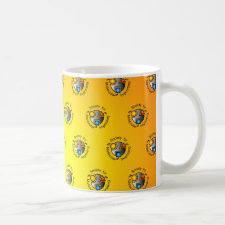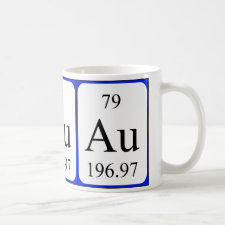
Authors: Baba Y, Oshima T, Kanemaru S
Article Title: A Quantitative Consideration for Template Effect of Palladium(II) Using N-[Pyridylmethyl] Chitosan.
Publication date: 2011
Journal: Solvent Extraction and Ion Exchange
Volume: 29
Issue: (3)
Page numbers: 509-517.
DOI: 10.1080/07366299.2011.573452
Abstract: Crosslinked N-[pyridylmethyl]chitosan (PMC) incorporating pyridine moiety and the crosslinked palladium(II)-imprinted-N-[pyridylmethyl]chitosan (PIPMC) were synthesized to elucidate the template effect of palladium(II) in the adsorption of metals from hydrochloric acid. The adsorption selectivity for metal ions from hydrochloric acids on PIPMC was compared with that on PMC. PIPMC exhibited the high selectivity towards not only palladium(II), but also gold(III), nickel(II), and copper(II) that tend to form planar complexes, while other metal ions such as cadmium(II), zinc(II), and cobalt(II) that form octahedral complexes were almost not affected as well as those on PMC. This suggests that PIPMC selectively recognized the metal ions that form the same planar type of complexes as palladium(II) of a template. Furthermore, in order to elucidate the template effect of palladium(II), the adsorbed species of palladium(II) on PMC and PIPMC were determined by examining quantitatively the effect of the reactive species on the adsorption of palladium(II) from hydrochloric acid
Template and target information: palladium ion, Pd(II), gold ion, Au(III), nickel ion, Ni(II), copper ion, Cu(II)
Author keywords: chitosan, N-[pyridylmethyl], template effect, palladium, molecular imprinting, planar complex, selectivity, adsorption



Join the Society for Molecular Imprinting

New items RSS feed
Sign-up for e-mail updates:
Choose between receiving an occasional newsletter or more frequent e-mail alerts.
Click here to go to the sign-up page.
Is your name elemental or peptidic? Enter your name and find out by clicking either of the buttons below!
Other products you may like:
 MIPdatabase
MIPdatabase









